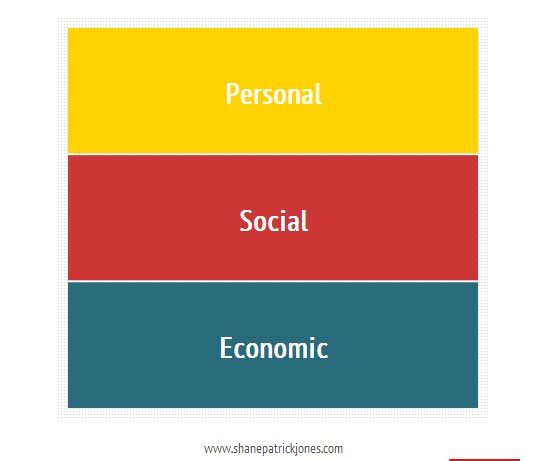
The Types of Consumer Buying BehaviorDo you remember when seemingly crazed parents flocked to shopping malls across the country to snatch up their very own Furby? The year was 1998, and for no discernable reason, everyone wanted to get their hands on those rather creepy furry robotic creatures.
Though it might have seemed unreasonable, sense can be made from such a trend when you begin to investigate the types of consumer buying behavior from a psychological perspective. Everybody had to have a Furby that holiday season, so a sort of herd mentality took over. Those who couldn’t get their hands on the toy risked upsetting their children. After all, every other parent was almost certainly going to get their hands on one.
The Furby craze is a perfect illustration of some of the things that go through consumers’ heads while making purchasing decisions. Consumer behavior is determined by the buyer’s level of involvement and interest in a product or a situation. In the above example, while the parent isn’t likely interested in the Furby per se, he or she is interested and heavily involved in the situation: delivering to his or her child the hottest holiday gift. This creates the perfect storm for trying to get something that is exclusive.
Inside the Mind of the Consumer
When it comes to purchases with which consumers are highly involved—like buying a car or planning a summer vacation—buyers weigh personal, social and economic risks. Those risks carry more weight in decisions that are more visible or involve higher-priced objects:
Personal:
How will buying a used car make me feel about myself?
Social:
If I buy a brand new BMW, how cool will my peers think I am?
Economic:
But if I do that, will I be able to afford other expenses?
Not every purchasing decision is one with which consumers are highly involved, though. Generally speaking, there are four types of consumer buying behavior:
1. Routine response:
When you go to the grocery store and are trying to grab a loaf of bread, odds are you’ll either buy the variety you’re familiar with or the one that is carrying the lightest price tag. In these situations, products are essentially purchased without any significant thought.
2. Limited decision making:
If you’re in the market for some new clothes or a new collapsible chair that you can bring camping, you might do a little bit of research on brands, but odds are—unless you’re Kate Moss or some other model or celebrity—you’re going to go with what’s in your budget and what looks good or seems the most practical.
3. Extensive decision making:
Imagine you’re a first-time homebuyer looking to settle into your first home with your new spouse. You’ve never bought a house before, but obviously you understand how big of an investment and how expansive a decision such a purchase is. Such a decision comes with evident economic risks. But how are you going to feel, personally, about the purchase? How are your peers going to look at you? Extensive decision making requires the most research.
4. Impulsive buying:
Consumers who buy something impulsively wake up that day without knowing they’re going to spend money on a particular item. But all of a sudden, they are inspired for whatever reason and make the purchase. Impulsive buying requires no conscious planning. The person who goes to a liquor store to buy a six-pack and snags an airplane bottle of whisky when checking out is someone who’s just bought something impulsively.
Everyone Is Different
It’s important to remember, however, that those four types of behavior are not universal in the sense that the gluten-free eater might spend a lot of time trying to figure out which loaf of bread to buy. In other words, what might be a routine response purchase for one person can morph into an extensive-decision-making purchase for another person.
On the other hand, buying a new car might be an impulsive-buying decision for someone like Justin Bieber who has seemingly all of the money in the world at his disposal. However, for the regular consumer, buying a car is a once-in-a-decade decision (hopefully).
Keeping with the car scenario, it’s important to remember that extenuating circumstances can also have a major influence on consumer buying behavior. If a consumer has had a car for 10 years that still runs, he or she may begin thinking about whether to replace that car despite the fact that it still works. Such a looming purchase would likely be categorized as an extensive-decision-making purchase. But if that person’s car died all of a sudden and the need for a new car presented itself overnight, the consumer might not be able to do his or her due diligence. These changing circumstances could result in a limited-decision-making purchase, rather than the previously deemed extensive-decision-making purchase.
The takeaway for marketers is this: understanding what goes on in the mind of a consumer can be extremely beneficial for ensuring increased sales. By weighing the risks that a buyer persona might consider against the four types of consumer buying behaviors, marketers can craft targeted campaigns that encourage spending.
Read more: